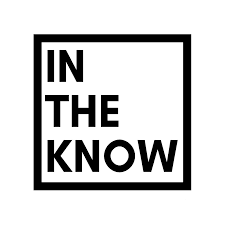What Do I Get with a Sage Business Care Plan?
Ever wonder why every year, you get a notice to renew your Sage Business Care plan as part of your Sage 100 software investment? Have you wondered...

The author Mark Twain was once asked about his many business ventures – most of which had failed. Twain explained how his ventures had failed not because of bad technology (most of the items he invested in became very successful realities, but under different ownership), but rather had failed because he had not kept an eye on their progress.
He summed up the lesson that he had learned as follows:
“Put all your eggs in one basket – and watch that basket.”
If anything, that phrase is truer today than it was 100 years ago – and it’s especially true in regards to ERP applications. Organizations have vast quantities of information that they need to keep watch over; invoices coming due, stock running low, changing buying trends, and so on.
What with corporate downsizing and fiscal belt-tightening, few – if any – organizations have the luxury to turn to an employee and say “Hey you – it’s your job to keep an eye on our ERP data and if anything looks wrong, let me know.”
And so, your net result – like Mark Twain’s – is that you don’t watch over all the “eggs” in your ERP basket and bad things happen. You write off bad debt. You throw away expired inventory. Late deliveries become commonplace. And you lose some of your best customers.
This is exactly what Mark Twain was talking about; keeping watch over your investments (in your case, your ERP data). In Twain’s day, the “watcher” had to be himself; but in our day, we can automate the “watching process”. And that’s exactly what you should be doing if you wish to avoid the same kind of problems that Twain experienced.
“Automated watching and responding.” That’s really what Twain was talking about. He needed to constantly monitor his business ventures. He needed to know immediately when something looked out-of-whack. He needed to know when “discoveries” should have pushed him in another direction. And he needed to watch over all his ventures equally well; his problem wasn’t that all of his ventures were failures, but rather that he paid more attention to those that were doing well than those that weren’t.
You can apply these same concepts to the monitoring of your ERP data. Whether it’s receivables, inventory, manufacturing, or some other area of ERP, they all need equal “watching over”. And to do this today, you need a technology that embodies the same characteristics that Twain found lacking in his own approach to his prospective inventions:
It’s interesting that 100 years after Mark Twain’s passing, we can still take lessons from him. Success – whether defined as the launch of a new invention, or defined as a productive ERP solution with well-managed customers, partners, and transactions – is dependent on your ability to watch over, identify, and respond to changing business conditions.
Ever wonder why every year, you get a notice to renew your Sage Business Care plan as part of your Sage 100 software investment? Have you wondered...
The Importance of Sage 100cloud Integrated with CRM A perfect storm of high customer expectations, more choices, and price sensitivity has...